
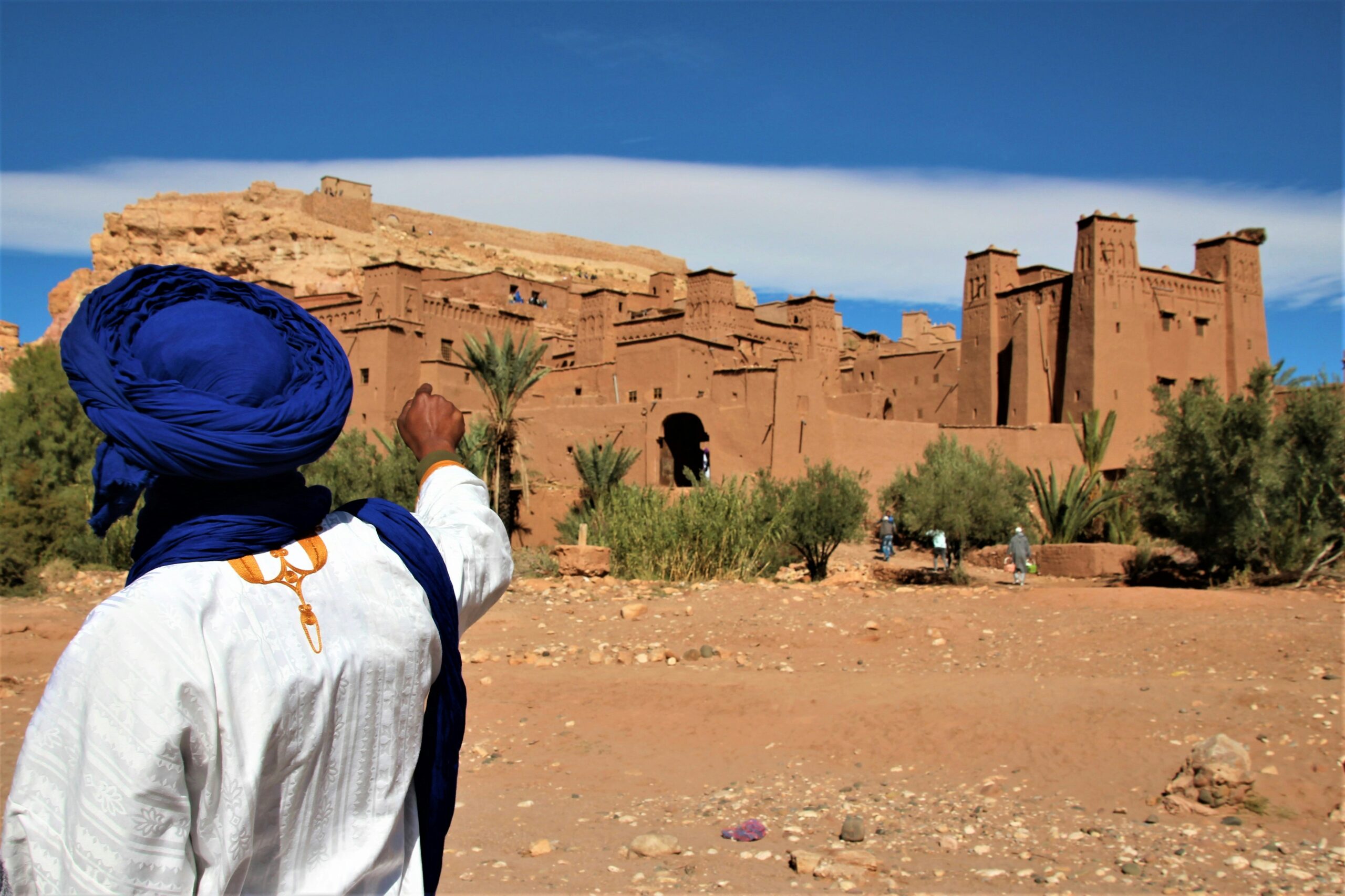
Traveling through Morocco is like stepping into a living storybook. From the golden dunes of the Sahara to the bustling medinas of Fez and Marrakech, each stop feels like a timeless scene. For many travelers, classic journeys Morocco are more than vacations—they’re immersive adventures that uncover the country’s soul.
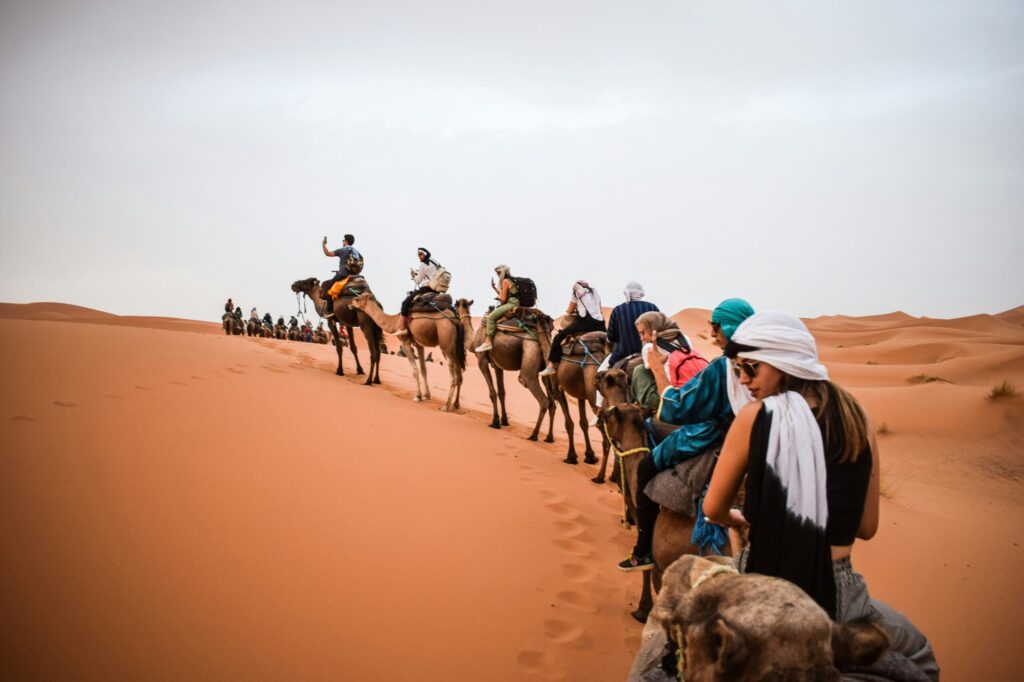
This blog will guide you through the highlights of Morocco’s most iconic routes, sharing cultural insights, must-see landmarks, and travel tips to inspire your own journey.
Classic Journeys Morocco: An Overview
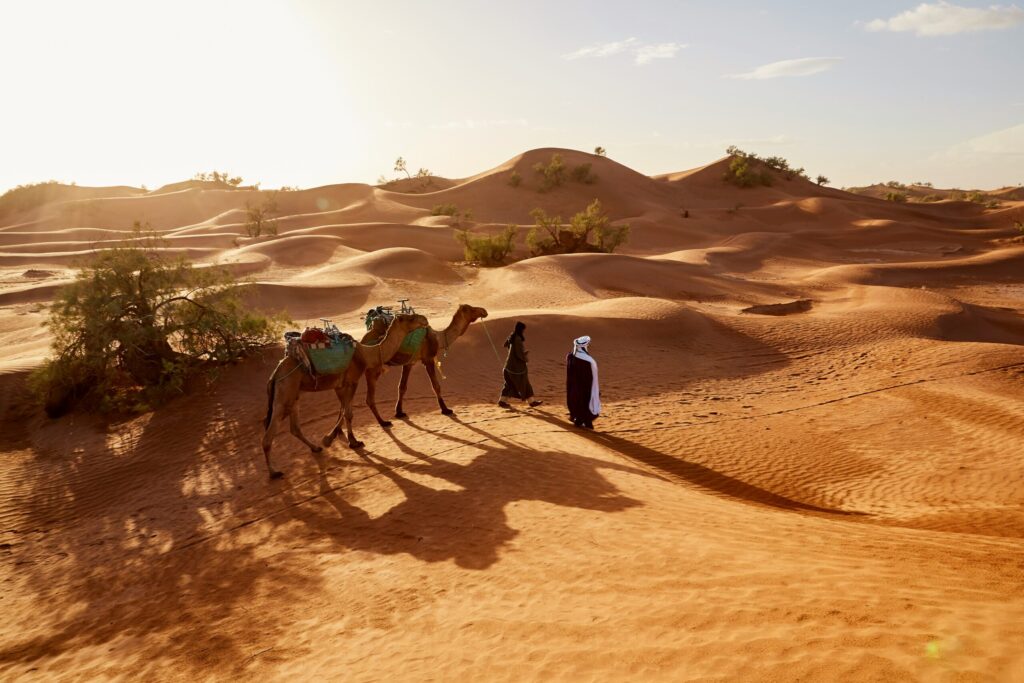
A classic journey through Morocco typically weaves together the country’s most legendary landscapes and cities. These itineraries often begin in the imperial cities—Marrakech, Fez, Meknes, and Rabat—before continuing toward the Atlas Mountains and the vast Sahara Desert.
Highlights of such journeys include:
- Exploring historic medinas filled with vibrant souks.
- Crossing dramatic mountain passes and lush valleys.
- Camping under star-filled skies in the Sahara.
- Discovering Morocco’s layered history in palaces, mosques, and kasbahs.
The beauty of Morocco lies in its contrasts: ancient and modern, desert and sea, mountains and plains—all accessible within a single trip. You can learn more about Morocco’s cultural background through its history and the enduring traditions of its people.
Must-See Attractions and Experiences on Classic Journeys Morocco
1. Marrakech – The Red City
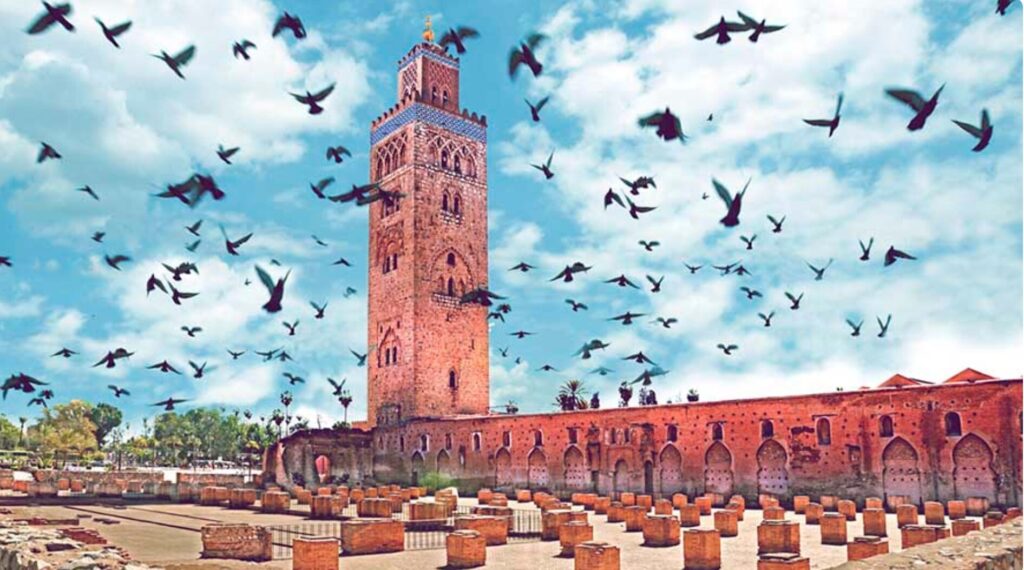
Known for its vibrant souks, fragrant spice markets, and the bustling Jemaa el-Fnaa square, Marrakech is often the starting point of many classic Moroccan tours. The city is also home to iconic sites like the Koutoubia Mosque and the Majorelle Garden.
2. Fez – The Spiritual Heart
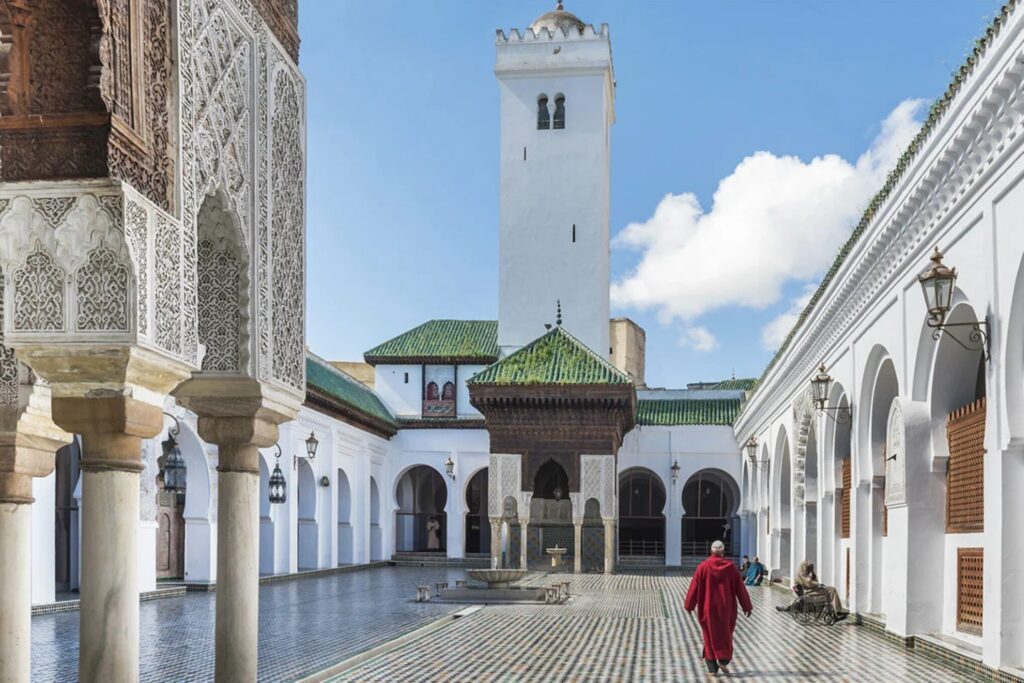
Fez boasts the world’s oldest university, al-Qarawiyyin, and its medina is a UNESCO World Heritage Site. Wandering its labyrinthine alleys feels like traveling back in time.
3. The Atlas Mountains
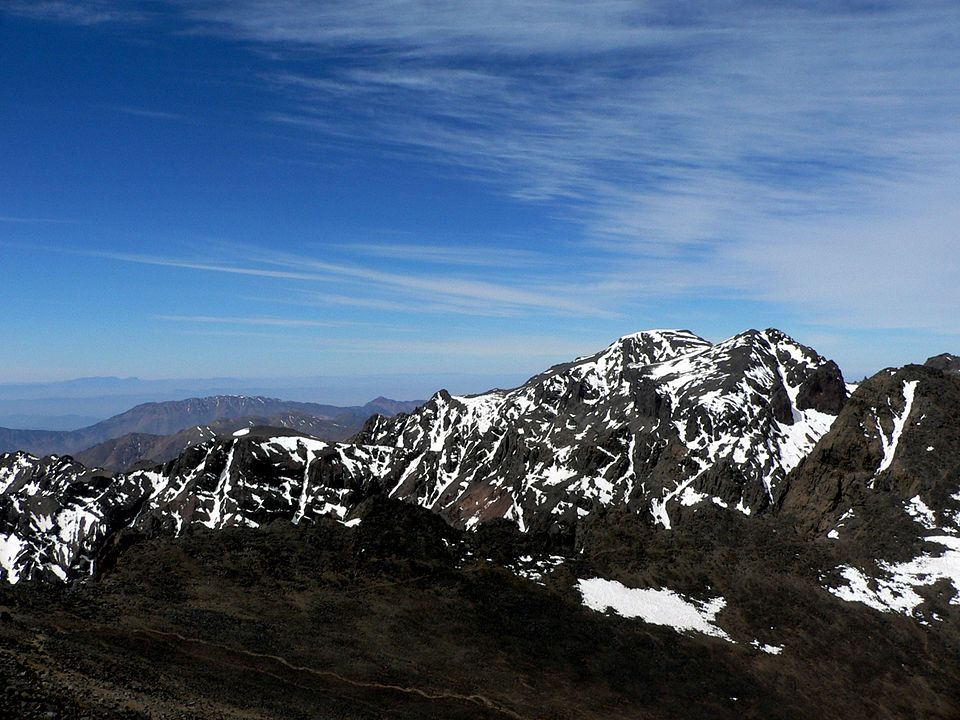
The High Atlas offers breathtaking scenery, dotted with Berber villages and terraced fields. Hikers and culture lovers alike will find unforgettable moments here.
4. The Sahara Desert

No classic journey in Morocco is complete without a camel trek into the Sahara. The Erg Chebbi and Erg Chigaga dunes are famous for their glowing sunsets and starry skies.
5. Coastal Escapes
For a change of pace, towns like Essaouira provide ocean breezes, fresh seafood, and a laid-back vibe after exploring the desert and mountains.
Travel Tips and Cultural Insights
- Best Time to Go: Spring (March–May) and autumn (September–November) offer the most comfortable weather. Summers can be very hot, especially in the desert.
- Cultural Etiquette: Morocco is a Muslim-majority country. Dress modestly, particularly when visiting mosques or rural villages.
- Local Experiences: Stay in a traditional riad for an authentic Moroccan hospitality experience.
- Transportation: Trains connect major cities like Rabat, Marrakech, and Fez. Tours and private drivers are best for reaching the mountains or desert.
- Cuisine: Don’t miss tagine, couscous, pastilla, and mint tea—the flavors of Morocco are as much a journey as the landscapes.
Traveler Stories: Experiencing Classic Journeys Morocco
Sophia, a traveler from Italy, shares:
“Riding a camel into the Sahara was surreal. We camped under a sky full of stars, listening to Berber music by the fire. It was the highlight of my trip.”
David and Laura, a couple from the UK, recall:
“We loved wandering the medina of Fez, then crossing the Atlas Mountains into the desert. Every stop felt like a different world—colorful, chaotic, and beautiful.”
These stories show how classic journeys Morocco offer not just sights, but emotions and lifelong memories.
Seasonal Insights for Classic Journeys Morocco
- Spring (March–May): Wildflowers bloom in the mountains, and the weather is ideal for both hiking and city tours.
- Summer (June–August): Very hot in the desert, but cooler in coastal towns like Essaouira. A great time for cultural festivals.
- Autumn (September–November): Another perfect season for desert trips and city exploration.
- Winter (December–February): Snow blankets the Atlas Mountains, creating opportunities for skiing in Oukaimeden. The desert is cooler and more comfortable to explore.
FAQ: Classic Journeys Morocco
What are classic journeys Morocco?
They are curated travel routes that cover Morocco’s highlights, including imperial cities, the Atlas Mountains, and the Sahara Desert.
How long should a classic Morocco trip last?
Most journeys last between 7–14 days, depending on how many cities and regions you want to explore.
Is Morocco safe for travelers?
Yes, Morocco is considered safe for tourists. Like any destination, it’s wise to stay aware of your surroundings, especially in crowded medinas.
What is the best way to travel around Morocco?
Trains are efficient between major cities, while guided tours or private drivers are best for reaching the mountains and desert.
Do I need to know Arabic or French to travel in Morocco?
While helpful, it’s not necessary. Many Moroccans working in tourism speak English, and locals are welcoming to visitors.
Conclusion
Embarking on classic journeys Morocco means experiencing the country in its purest form: bustling souks, majestic mountains, golden deserts, and warm Moroccan hospitality. These journeys are not just about ticking off destinations—they are about connecting with the history, culture, and spirit of a land where every step tells a story.
Whether you’re wandering the medinas of Fez, watching the sunset over the Sahara, or sipping mint tea in Marrakech, Morocco invites you to embrace its beauty at your own pace.
– Ready to plan your adventure? Start crafting your own classic journey through Morocco with tips and inspiration from skiesofmorocco.




